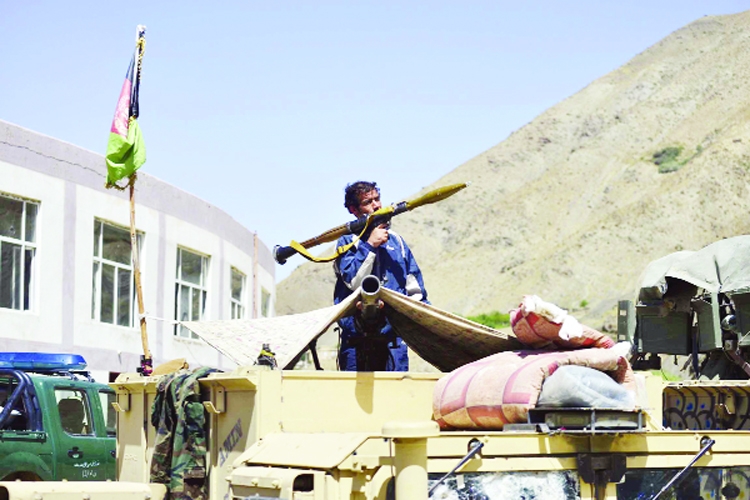
BBC :
Several thousand anti-Taliban fighters are reported to be holding out against the Taliban in a remote valley with a narrow entrance – little more than 30 miles or so from the capital Kabul.
It’s not the first time the dramatic and imposing Panjshir Valley has been a flashpoint in Afghanistan’s recent turbulent history – having been a stronghold against Soviet forces in the 1980s, and the Taliban in the ’90s.
The group holding out there now – the National Resistance Front of Afghanistan (NRF) – recently reminded the world of the valley’s strength.
“The Red Army, with its might, was unable to defeat us… And the Taliban also 25 years ago… they tried to take over the valley and they failed, they faced a crushing defeat,” Ali Nazary, the NRF’s head of foreign relations, told the BBC.
The long, deep and dusty valley stretches about 75 miles (120km) – south-west to north-east – to the north of the Afghan capital Kabul. It is protected by high mountain peaks – rising 9,800ft (3,000m) above the valley floor. They are an imposing natural barrier – protection for the people living there.
There is only one narrow road in, which winds its way between large rocky outcrops and the meandering Panjshir River. “There is a mythical aspect to the entire area. It’s not just one valley. Once you get into it there are at least another 21 sub valleys connected,” says Shakib Sharifi, who lived there as a child, but left Afghanistan after the Taliban took control.
At the far end of the main valley, a trail leads up to the 4,430m (14,534ft) Anjoman Pass and heads further east into the Hindu Kush mountains. The armies of Alexander the Great and Tamerlane – the last of the great nomadic conquerors of Central Asia – both passed this way.
“Historically, the Panjshir Valley was also known for mining – including semi-precious jewels,”

